Вы здесь
State Museum of Arts named after A. Kasteyev.
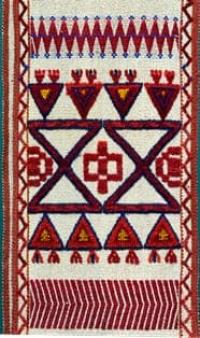
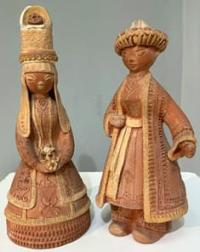
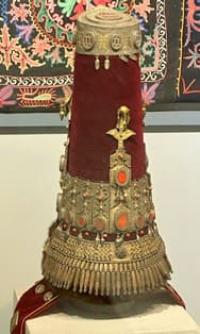
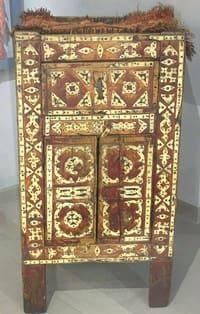
Museums in cities of Kazakhstan.
"He could work twenty hours a day without reducing either quality or productivity, he could paint a huge pavilion of the Agricultural Exhibition in a few days, he could create huge canvases on any topic, in any time frame, of any size! He sparkled, sparkled, shimmered, depicted anger, love, courage, raised hundreds of tanned fists to the sky and this was called "Uprising."
Yuri Dombrovsky. "Abylkhan Kasteyev - the first Kazakh artist." Collected Works in Six Volumes. T. 6. M., "Terra", 1992.
Excursion to Museum of Arts named after Kasteyev.
Abylkhan Kasteyev State Museum of Arts is located at an altitude of 836 meters above sea level, on Satpayev Street 30a, 30 meters from left bank of Esentai River, on corner with Musrepov Boulevard in Bostandyk district of Almaty.
The A. Kasteyev State Museum of Arts of the Republic of Kazakhstan (Kazakh: Abilkhan Kasteyev Atyndagy Kazakhstan Respublikansynyn Memlekettik Oner Muzeyi) is the largest art museum in Kazakhstan and a leading research and cultural-educational center in the field of fine arts. It was organized in 1976.
History of A. Kasteyev Museum.
The history of the Abylkhan Kasteyev State Museum of Arts of the Republic of Kazakhstan begins in 1935, when the Council of People's Commissars of the Kazakh ASSR adopted a Resolution on the organization of the Kazakh State Art Gallery on September 23.
Particular attention in this Resolution was paid to holding an anniversary art exhibition in honor of the 15th anniversary of the Kazakh ASSR, which gave rise to our collection. The museum's acquisitions began in 1935 - 1936, when the Russian Museum and the A. Pushkin Museum of Fine Arts donated about 200 works by Russian and Western masters to Kazakhstan.
The museum's collection traces the history of Eastern and Western art from antiquity to the present day. In 1935, the Kazakh State Art Gallery named after T. G. Shevchenko organized an exhibition entitled "15th Anniversary of the Formation of the Kazakh SSR".
The gallery began collecting works by Kazakh and foreign artists. In 1936, at the personal request of Alibi Dzhangildin, about 100 works by Western European authors were transferred to the gallery from the Moscow State Museum of Fine Arts. The second wave of acquisitions from Russian museums occurred in the 1950s, mainly from the Hermitage.
Much credit for organizing the Kasteyev Museum goes to Lyubov Plakhotnaya. Lyubov Georgievna (1914 - 1992), an honored cultural figure of the Kazakh SSR, headed the Kazakh State Art Gallery named after T. Shevchenko for many years, which later became the A. Kasteyev Museum.
The museum building was erected on her initiative. In 1965, the Council of Ministers of the Kazakh SSR decided to allocate its own building to the gallery. The building was designed by Kazakh architects Elsa Kuznetsova, Olga Naumova and Boris Novikov specifically for the needs of the museum, and in 1976 the gallery was renamed the State Museum of Arts of the Republic of Kazakhstan.
It also included the Republican Museum of Applied Arts (founded in 1970). The new museum building was opened to visitors on September 16, 1976. In 1966, the "Portrait of Wilhelmina Schroeder - Devrient" by the German artist Karl Begas, taken from Germany as a war trophy after the end of World War II, was returned to the Dresden Picture Gallery.
In 1970, the Museum of Folk Applied Arts of Kazakhstan was organized, which collected, stored, studied and exhibited products and works of Kazakh folk applied art. On September 16, 1976, the State Museum of Arts of the Kazakh SSR was created on the basis of the collections of the Kazakh State Art Gallery named after T. G. Shevchenko and the Museum of Applied Folk Art of Kazakhstan.
Since that year, it has been located in a modern building. In January 1984, the museum was named after the People's Artist of the Kazakh SSR A. Kasteyev (1904 - 1973). After the proclamation of independence of the Republic of Kazakhstan from the USSR, numerous works received from Russian museums during the Soviet period were not returned.
As of 2024, these works are stored in the funds and constitute the "pearl" of the permanent exhibition of the modern State Museum of Arts of the Republic of Kazakhstan named after Abylkhan Kasteyev. In 2014, the Kasteyev House Museum was opened, which is administratively part of the State Museum of Arts of the Republic of Kazakhstan named after Abylkhan Kasteyev.
As of 2024, the main fund of the museum consists of more than 25,000 units of museum items.
Building of museum named after Abylkhan Kasteyev.
The building in the style of Soviet modernism was specially built for the museum in 1976, on the bank of the Vesnovka River. The authors of the project were architects E.K. Kuznetsova, O.N. Naumova and B.M. Novikov, designers Z.A. Sukhanova, M.L. Kasharsky, B. Tsigelman.
The atrium of the museum corresponds to the traditional volumetric-spatial techniques of Kazakh national architecture, plastically and coloristically saturated with sculpture, color accents of painting, ornamental structures of felt. The entrance, located on the side facade, is accentuated by a canopy, which rests on square in plan, marble pillars.
Particular expressiveness is given by the tetrahedral glass pyramid of the roof, through which the central core of the building is illuminated, as well as the upper bypass two-level galleries of the "Periodicals" hall. he pyramidal volumes of the "lanterns" illuminate the rooms of the third floor.
In the center there is an inner courtyard with trees, flower beds and decorative pools. On April 4, 1979, the executive committee of the Alma-Ata City Council of People's Deputies adopted decision No. 139 "On approval of the list of historical and cultural monuments of the city of Alma-Ata", which indicated the museum building.
The decision provided for the execution of a security obligation and the development of restoration projects for the monuments. On January 26, 1982, the building was included in the list of historical and cultural monuments of republican significance of the Kazakh SSR.
Currently, the Abylkhan Kasteyev State Museum of Arts of the Republic of Kazakhstan is the largest art museum in the country and a leading research and cultural and educational center in the field of fine arts. A rich, diverse, priceless collection gives a vivid idea of the artistic culture of Kazakhstan, the countries of Europe and Asia, masters of past eras and the present.
The number of exhibits in the main museum fund is more than 25,000 units. The museum has several research centers: fine arts of Kazakhstan, decorative and applied arts of Kazakhstan, classical foreign art, foreign art of modern times, funds, restoration, exhibitions and expositions, management and external relations, scientific expertise, excursion services, information and publishing work
Today, the museum is becoming a center of attraction for new cultural initiatives. The wide and diverse contacts of the art museum allow, along with the permanent exhibition, to regularly organize personal exhibitions of works by masters of Kazakhstan, as well as artists from near and far abroad, exhibitions of private collections, which arouse great interest among lovers of fine art (more than 60 exhibitions per year).
One of the main tasks of the museum is the propaganda and popularization of museum values, attracting an ever wider circle of viewers, to a greater extent satisfying the needs of the population in familiarization with particularly popular phenomena of world artistic life.
Address of A. Kasteyev Art Museum:
480070, Almaty, Academician Satpayev Street, ZO-a, tel. 478249.
Geographical coordinates of A. Kasteev Museum of Arts: N43°14'08 E76°55'10

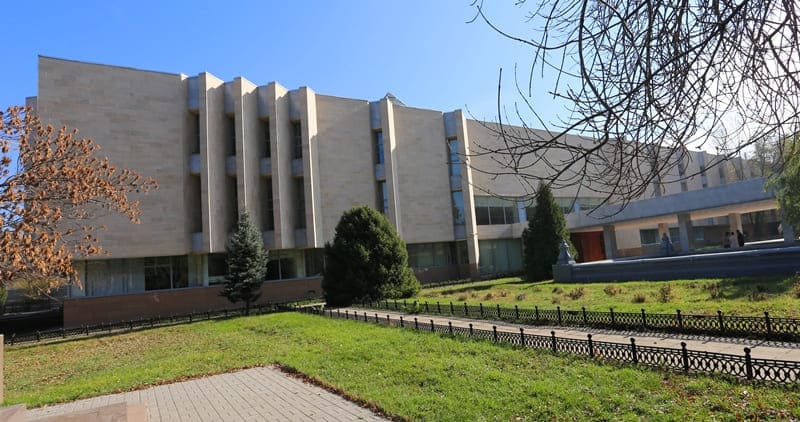

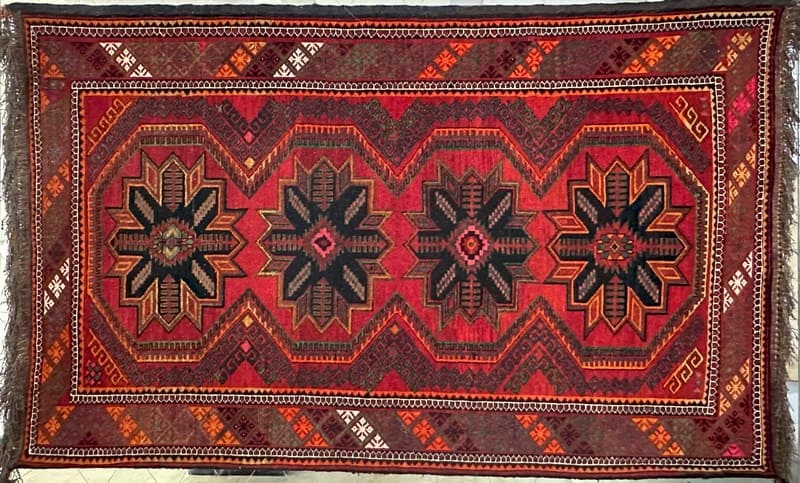


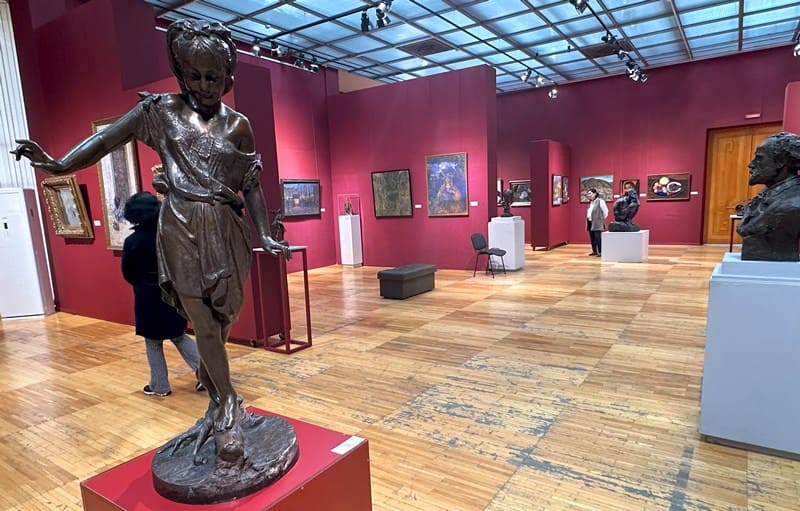
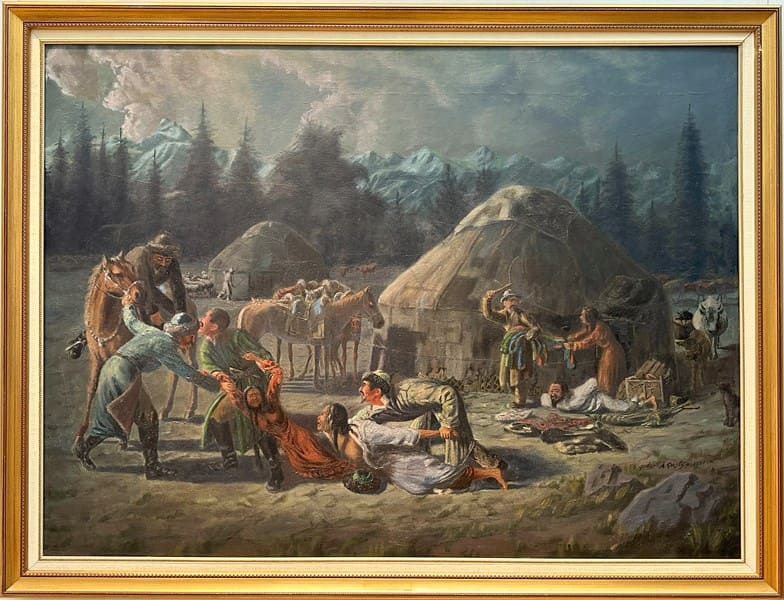
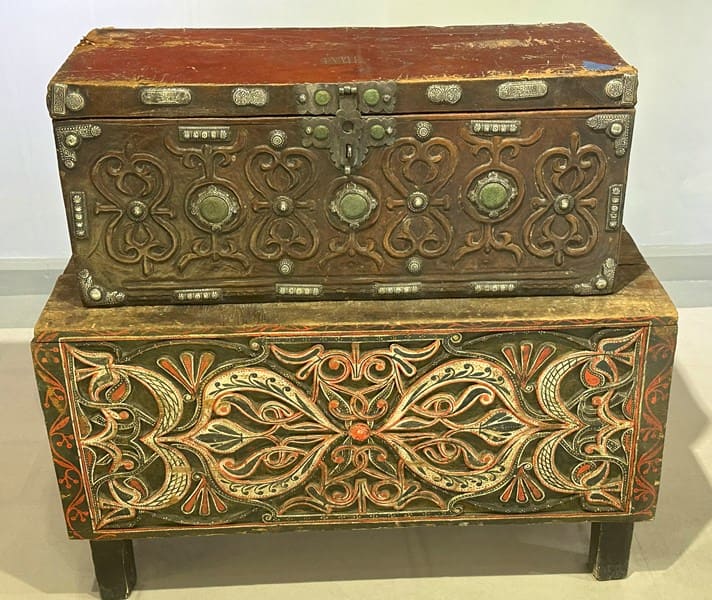
Authority:
https://www.gmirk.kz/ru/about/o-muzee
https://ru.wikipedia.org/wiki/%D0%93%D0%BE%D1
Photos by:
Alexander Petrov.







